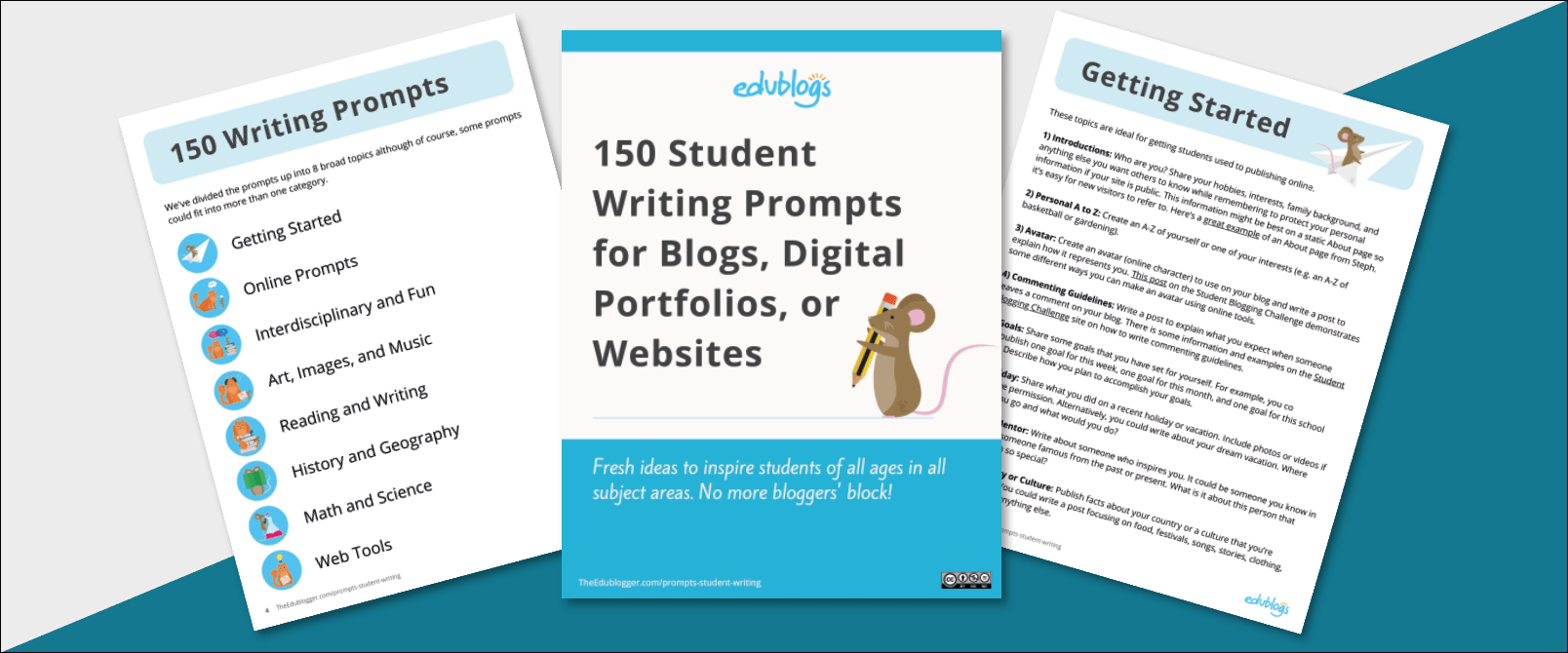
The newly released draft education policy 2019 makes big promises calling for the overhaul of the entire education system but it is old wine in new bottle.
It proposes the creation of several new bodies to overlook different facets of education. For one, there is a suggestion for a new apex body Rashtriya Shiksha Ayog to implement educational initiatives and programmatic interventions and to coordinate efforts between the Centre and states.
There is also a proposal that the four functions of standard setting, funding, accreditation and regulation should be separated and conducted by independent bodies. Also, National Higher Education Regulatory Authority or Rashtriya Shiksha Ayog (RSA) should be the only regulator for all higher education including professional education.
While prima facie an RSA with the stated purpose of “integrated implementation of all educational initiatives and programmatic interventions” is hardly an objectionable institution, the problem lies elsewhere. “In our education system, there is no lack of regulatory bodies, but lack of effective implementation and coordination among all oversight bodies that are supposed to deliver but they don’t, be it the UGC, AICTE, MCI, CBSE, HRD or a whole lot of others, including the ones in the States. Prima facie, it is difficult to see why RSA should succeed where rest of all have failed,” says V Raghunathan, Director, Schulich School of Business, India.
Another apex body National Research Foundation is proposed for building research capacity across higher education. India needs to build its research capabilities but there is enough historical scepticism where institutions have been used to discourage research. Take the recent case of Central University of Kerala in March 2019 wherein a circular was issued to the Dean and faculty of the university to “discourage research in irrelevant areas” and students were asked to focus on areas of national interest.
These suggestions are making several educationists question if this move will close down the UGC, MCI or AICTE or any other bodies making way for the new regulatory body.
“If the people manning these four bodies are drawn from the same corrupt lot, then what exactly will change is not clear. If not, what is expected to be done with the enormous manpower of the existing bodies?” asks Raghunathan. He further points out if four functions act independent of each other, as has been the experience for decades, what purpose they will really serve. “What we needed was more of systemic cleaning and serious accountability to be put in place rather than creating more institutions.”
There is also a proposal to get 200 global universities to build schools in India. Dean of a Delhi-based university, who did not want to be named, said that it would be more worthwhile to have a few nationally competent universities and regional-class universities in Asia before talking about global universities running into hundreds. What would have been great was to have five universities in the top 200 than have 200 new universities.
The document is well researched theoretically and provides the framework that emphasises the right issues in secondary education such as flexibility, integration of 21st century skills, improved teacher quality and more rigorous outcome-based school regulation. However, Akshay Saxena, co-founder of education startup Avanti says, this is short on details – like many documents before – on how much of these measures will be implemented. “The report provisions for several massive overhauls and the formation of several new councils and bodies but has little detail on how the cost and human talent needed to make these changes would be put in place.”
He adds that perhaps this is not the mandate of a policy framework but the devil lies in details. “Little is likely to change in the absence of meaningful investment amid overhaul of the manpower tasked with managing the world’s largest education system.”
[“source=businesstoday”]




